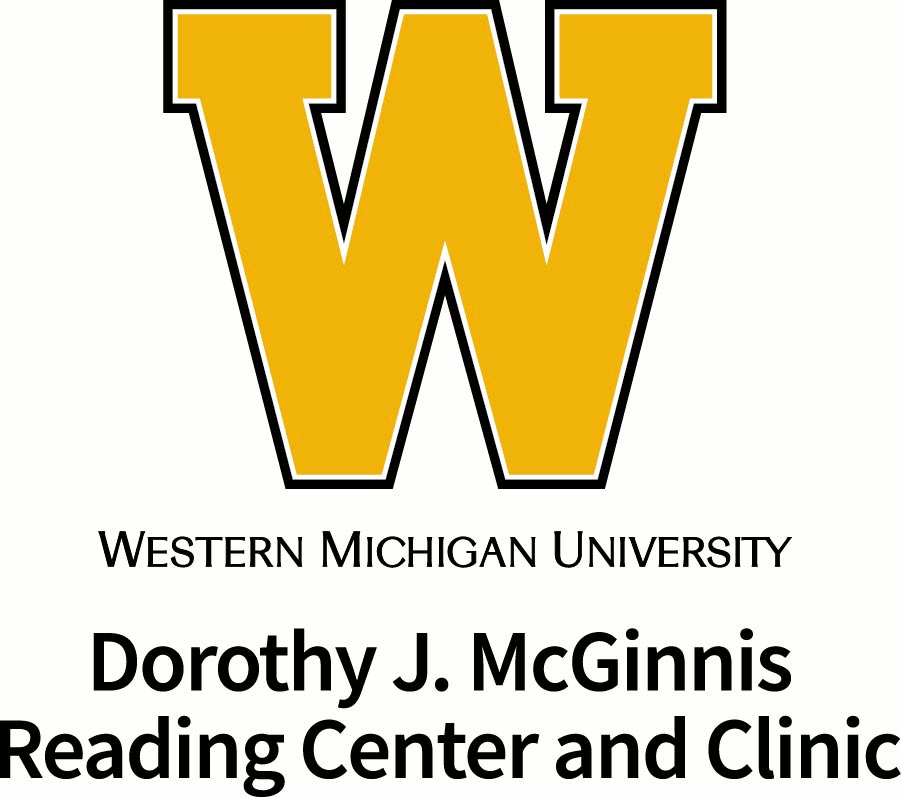Publication Date
4-1-1977
Abstract
Cross- age tutoring in the elementary school has long been recognized as a valid means of learning for both the tutor and the tutee; (Frager & Stern, 1970). Many studies even show that the tutors make greater gains than the tutees, (Cloward, 1967). Like many validated educational innovations, however, cross- age tutoring is not practiced to any great extent in the schools, particularly the elementary schools. One of the main reasons for this is that tutoring is difficult to fit into the regular school program. Reading, writing, social studies, math, science, health, etc., all seem to fill the day of the elementary school student. The problem of time becomes more severe as the student progresses through elementary school. It is further compounded in the intermediate grades when many schools begin forms of team teaching and/or departmentalization. The question seems to be then: How can one introduce a program such as cross-age tutoring without sacrificing components of the already existing program? The answer is simple. It can't be done! Something has to go! The purpose of this study then was to see the effect on student achievement when a cross-age tutoring program was substituted for a traditional program—in this case; the traditional reading program.
Recommended Citation
Cassidy, J. (1977). Cross-Age Tutoring and the Sacrosanct Reading Period. Reading Horizons: A Journal of Literacy and Language Arts, 17 (3). Retrieved from https://scholarworks.wmich.edu/reading_horizons/vol17/iss3/3


